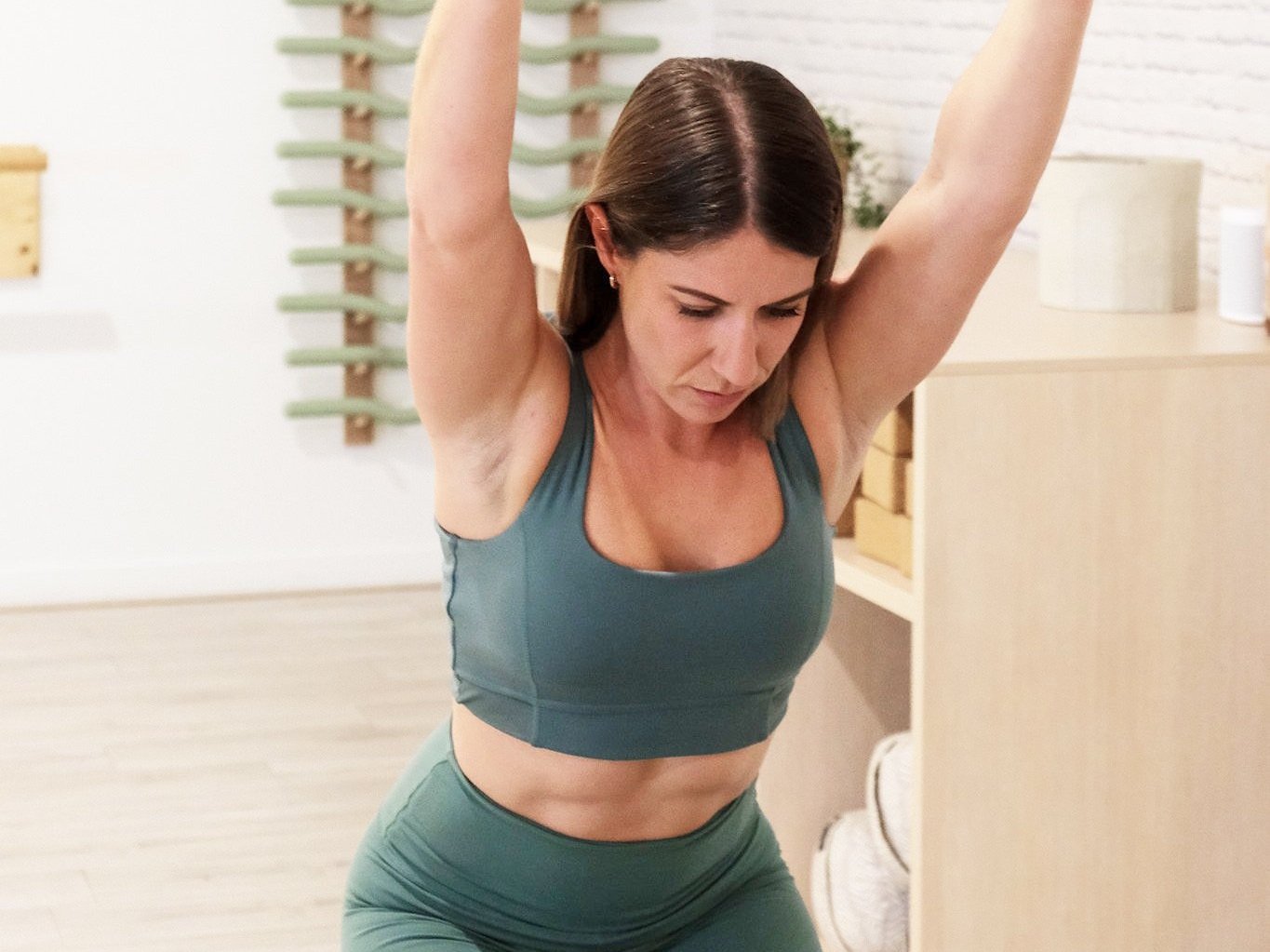Abs Are Built in the Kitchen
When it comes to achieving fat loss and getting those sought-after abs, the saying "abs are built in the kitchen" couldn't be more true. While exercising is important for overall health and fitness, the food choices you make play a crucial role in revealing those abdominal muscles. Here’s why focusing on your diet is key to your fat loss journey:
Understanding Body Fat and Muscle
To see your abs, you need to reduce the layer of fat covering them. You already have abdominal muscles; they just might be hiding under a layer of fat. The primary way to reduce this fat is through a balanced and nutritious diet.
Why Diet Matters More
Caloric Intake and Deficit: To lose fat, you need to consume fewer calories than your body uses. This creates a caloric deficit, prompting your body to use stored fat for energy. Exercise helps, but it's much easier to create this deficit by eating healthily. For example, burning off a 500-calorie dessert might take 2.5 hours of intense exercise, but reducing the quantity of that dessert requires mental strength no doubt, but no extra effort.
Quality of Calories: Not all calories are created equal. Foods high in sugar and refined carbs can lead to weight gain and make it harder to lose fat. Nutrient-dense foods like vegetables, proteins, and whole grains keep you full longer, provide essential nutrients, and help maintain muscle mass while losing fat.
Metabolism and Hormones: What you eat can affect your metabolism and hormones, which play a significant role in fat loss. High-protein foods can boost your metabolism and reduce appetite, while fiber-rich foods help control blood sugar levels and keep you feeling full.
Practical Tips for Building Abs in the Kitchen
Prioritize Protein: Protein is crucial for muscle repair and growth. Include sources like chicken, fish, eggs, beans, and legumes in your meals to keep your muscles strong and your metabolism active.
Eat Healthy Fats: Don’t shy away from fats. Healthy fats found in avocados, nuts, seeds, and olive oil are essential for hormone balance and keeping you satisfied.
Control Portions: Be mindful of portion sizes. Eating large portions, even of healthy foods, can lead to consuming too many calories. Try using smaller plates, dishing yourself up the correct meal size and put leftovers away and also really listening to your full/hunger cues.
Stay Hydrated: Drinking plenty of water is vital for overall health and can help control hunger. Sometimes thirst is mistaken for hunger, leading to unnecessary snacking.
Limit Processed Foods: Processed foods often contain added sugars, unhealthy fats, and empty calories that leave you feeling unsatisfied and on the hunt for another snack. Focus on whole, unprocessed foods to nourish and fuel your body properly.
Plan and Prepare: Busy schedules can make healthy eating challenging. Plan your meals and snacks in advance to avoid last-minute unhealthy choices. Batch cooking and keeping healthy snacks ad meals on hand can make a big difference.
Combining Diet with Exercise
While diet is crucial, combining it with regular movement will enhance your results. Cardio exercises like walking, running, cycling, or swimming help burn calories, while strength training builds muscle and boosts your metabolism. Aim for a balanced workout routine that includes both cardio and strength training. Extremely high intensity exercise isn’t necessary, keep active most days at a more sustainable pace.
Conclusion
"Abs are built in the kitchen" emphasises the importance of diet in your fat loss journey. By making smart, nutritious food choices, you can create the foundation for a healthy body and reveal those abs you've been working hard for. Remember, sustainable fat loss is about balance and consistency, not quick fixes or extreme measures. Focus on nourishing your body with wholesome foods, and you'll see the results over time.


